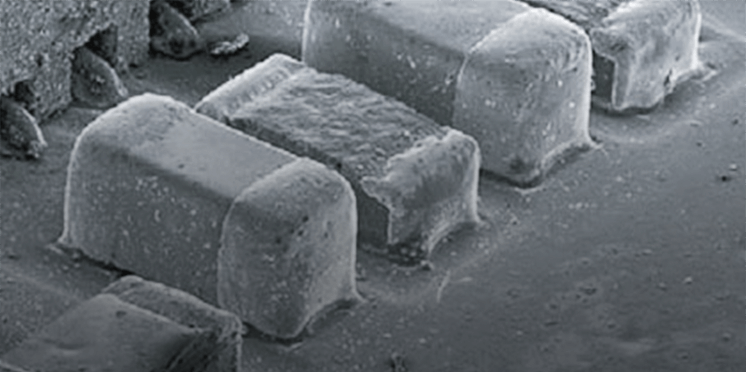コンビネーション収差
コンビネーション収差
combination aberration
[目次:レンズ系]
2つの薄い光学素子(レンズや多極子等)を、自由空間を介して配置したとき、それらの光学素子を単体で動作させた場合の収差以外に、それらの相乗効果によって生ずる(それぞれの光学素子の収差よりも高い次数で現れる)収差をコンビネーション収差という。厚みを持った6極子球面収差補正装置では、3回非点(2次の収差)と3回非点(2次の収差)の(セルフ)コンビネーション効果によってできる負の球面収差(3次の収差)を利用して、対物レンズの正の球面収差を補正している。球面収差補正装置と対物レンズの組み合わせでは、それらの間に自由空間がある場合(完全転送が行われない場合)、球面収差補正装置の負の3次球面収差と対物レンズの正の3次球面収差との(クロス)コンビネーションによって、正または負の5次球面収差が現れる。このことを利用して残留する5次の球面収差を補正することが可能である。
If two thin optical elements (lenses, multi-poles, etc.) are placed at a free space, higher order aberrations than those inherent to the elements can arise due to a synergetic effect of the inherent aberrations. The higher order aberrations induced are called "combination aberrations." A thick hexapole spherical aberration corrector produces a third-order negative spherical aberration by a self-conbination effect of two three-fold astigmatism fields (second-order aberration). With the use of this third-order negative spherical aberration, the third-order positive aberration of the objective lens can be corrected. In the case of the combination between a spherical aberration (Cs) corrector and an objective lens with a free space (incomplete image transfer) between them, a positive or negative fifth-order spherical aberration is induced by a cross combination between the third-order negative aberration of the Cs corrector and the third-order positive aberration of the objective lens. Using the fifth-order spherical aberration produced, the residual fifth-order spherical aberration of the system can be removed.
関連用語から探す
説明に「コンビネーション収差」が含まれている用語






